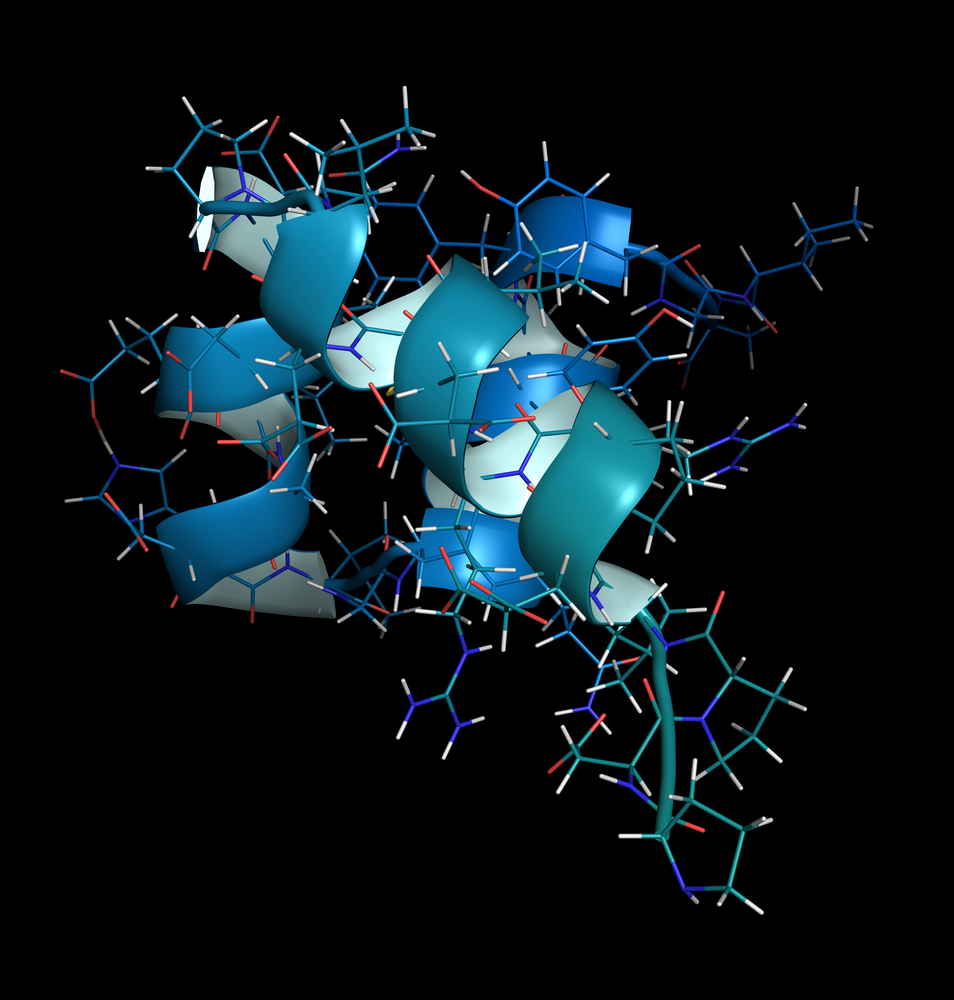Protein Misfolding and Mitochondrial Dysfunction in ALS Pathogenesis

Researchers from the University of Milan (UM), Italy, have recently released findings from their scientific literature review, in an effort to uncover the causes of cellular pathologies that are the hallmark of Amyotrophic Lateral Sclerosis (ALS). The findings entitled, “SOD1 misplacing and mitochondrial dysfunction in amyotrophic lateral sclerosis pathogenesis“, published in Frontiers in Cellular Neuroscience, will help in the discovery of new therapeutic targets to treat both familial ALS as well as non-genetic forms of the disease.
ALS, also known as Lou Gehrig’s disease, is a progressive disease that attacks the nerve cells that control muscular actions such as walking and respiration. Patients diagnosed with ALS will have increasing problems with breathing, swallowing, and speaking or forming words. In the late stages of the disease, patients rely solely on caretaker assistance for all their needs, with the disease proving to be fatal as a consequence of respiratory failure within 2 to 5 years. In 90% of patients who are diagnosed with ALS the cause is unknown, while for the remaining 10%, it is attributed to genetic risk factors.
The review study was led by Dr. Stefania Corti, MD, PhD, Assistant Neurologist at the UOC of Neurology, UM. Dr. Corti has devoted almost 20 years to studying the pathogenesis and stem cell/molecular therapies for the treatment of motor neurons diseases, in particular ALS.
In this review, Dr. Corti and her colleagues searched the current relevant literature on the pathogenesis of ALS that has been published since 1993. After analyzing the results from almost 200 published studies the researchers made the following conclusions:
- The enzyme superoxide dismutase 1 (SOD1) plays a major role in ALS pathology due to toxic accumulation within the cell’s mitochondria (cell’s powerhouse and source of energy production) when SOD1 is mutated
- Mutant SOD1 might accumulate inside the intermembrane space (IMS) of the mitochondria
- Reduction in cellular calcium uptake does not seem to be an effect of disturbed mitochondrial membrane potential
When discussing the findings of their review, Dr. Corti, and her team wrote the following, “Novel cellular and animal experiments are required to investigate whether these mechanisms are directly influenced by altered IMS composition, primed by mutant SOD1 accumulation, or by impaired mitochondrial transport resulting from aberrant deposition of mutant SOD1 onto OMM. In parallel, translational studies are mandatory to challenge the therapeutic potential of the targets observed to influence SOD1 misplacing.”
Applying novel and massive parallel sequencing techniques to undiagnosed cases of ALS can improve the diagnostic yield and the identification of novel genes in fALS. “More importantly, these studies might disclose novel targets for therapeutic intervention in familial ALS as well as non-genetic forms.”, the authors conclude in their study.






